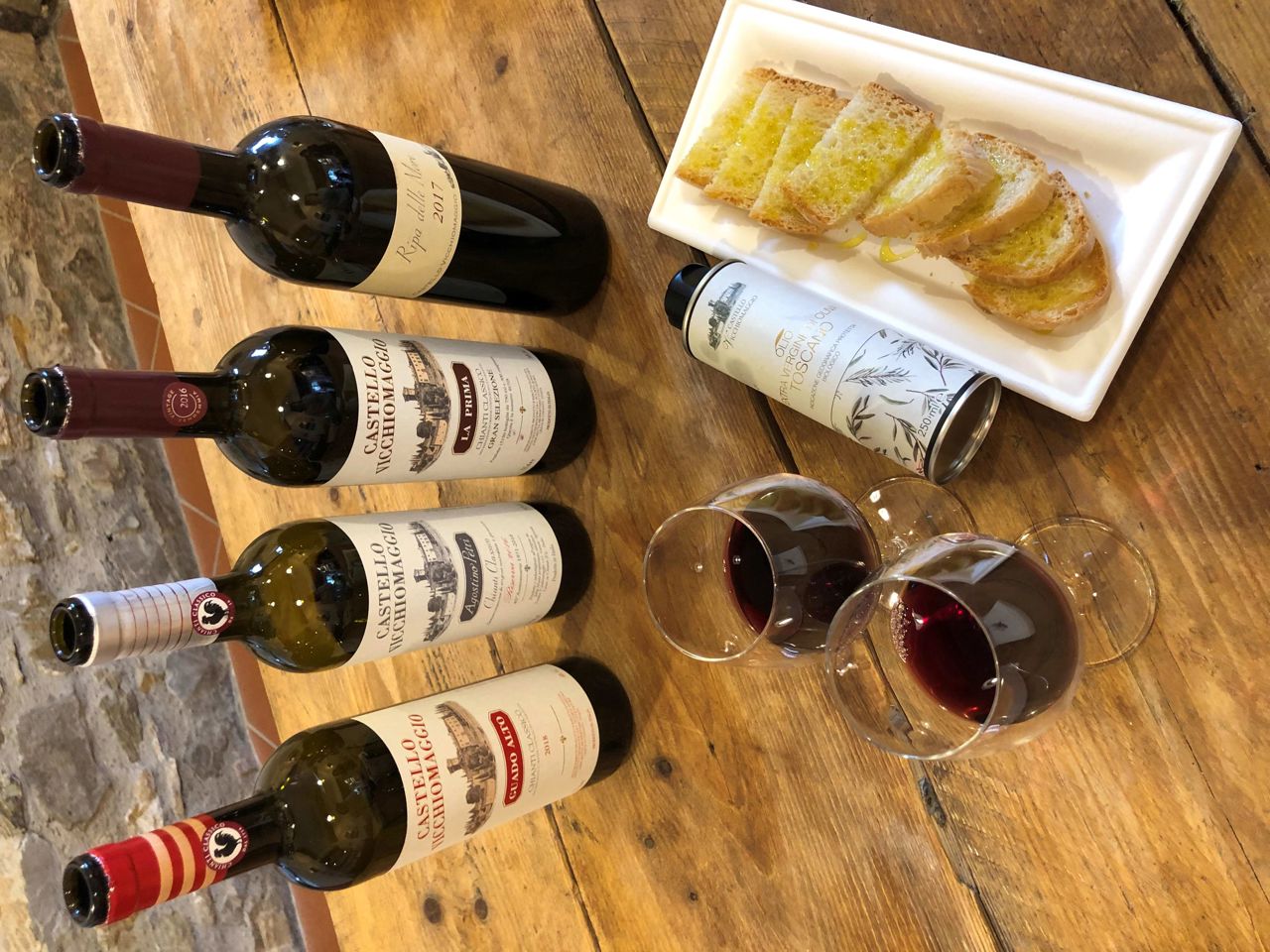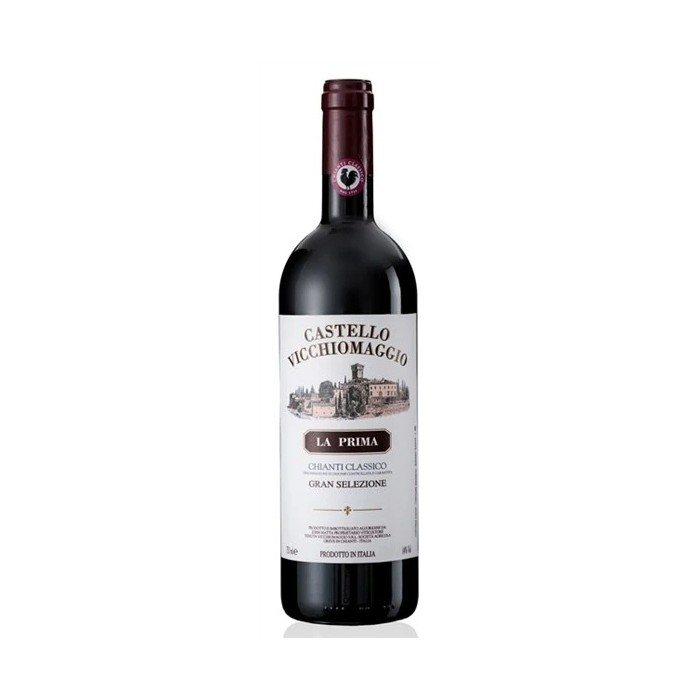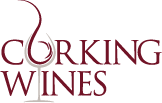


Castello Vicchiomaggio Italy
Castello Vicchiomaggio's historical origins can be traced back to the 5th century. The current proprietors, the Matta family, acquired the estate in 1964 and have undertaken extensive restoration efforts to return it to its original grandeur. Spanning 150 hectares, the estate is among the largest in the region, with 34 hectares specifically designated for vineyards.
Castello Vicchiomaggio produces a diverse range of wines, encompassing both traditional and innovative styles. The estate has been meticulously classified according to soil type and exposure, and it adheres to sustainable agricultural practices, as certified by VIVA. Winemaking operations are supervised by John Matta, whose wines are characterized by elegance and balance, thereby showcasing the Sangiovese grape at its highest expression. The estate consistently ranks among Italy's premier wineries, and John Matta has garnered the IWSC Italian Winemaker of the Year award on four occasions.
Furthermore, Castello Vicchiomaggio is distinguished for its internationally acclaimed wines. The castle's owners, John and Paola Matta, have preserved the winemaking tradition and are committed to maintaining this centuries-old legacy.
The estate encompasses 140 hectares, which includes 34 hectares of vineyards, 10 hectares of olive groves, and the remainder designated as parkland. Among the cultivated varieties, Sangiovese is the most prominent, serving as the primary grape for Chianti Classico. Additionally, the estate cultivates indigenous grape varieties such as Canaiolo and Colorino, as well as two internationally recognized varieties, Merlot and Cabernet Sauvignon, which are particularly sought after for the production of the estate's esteemed IGT-certified red wines.
The Chianti Classico region is characterized by a Mediterranean climate and soil composition known as "Galestro," rich in clay and large stones. Significant attention is devoted to the orientation of the vines, which are planted facing south to maximize sunlight exposure throughout the day.
The family employs two pruning techniques for vine management: Cordon and Guyot. The selection of the technique is contingent upon the grape variety and the desired yield of each vine. These pruning systems maintain branch structure and promote a higher concentration of essential substances required for optimal grape ripening.
Harvesting occurs via handpicking, generally between mid-September and mid-October. Following the harvest, grapes are processed using specialized machinery. The extracted juice is transferred to stainless steel tanks, where it is maintained at a controlled temperature.
At this juncture, alcoholic fermentation commences, lasting 12 to 15 days, facilitated by naturally occurring yeast. Subsequently, the juice is filtered to separate the liquid from the skins, which have played a crucial role in fermentation. The skins are repurposed through a distillation process for grappa production.
The filtered wine remains in stainless steel tanks for 20 to 30 days, during which malolactic fermentation occurs. In January, the wine is transferred to the maturation cellar and aged in French oak barriques and large barrels. Depending on the specific type of wine, the duration of oak ageing varies, with a minimum of 8 months and a maximum of 24 months.
Upon completion of the ageing process, the wine is bottled and permitted to settle before release.
Wines in stock ......
Castello Vicchiomaggio Ripa delle Mandorle Toscana Rosso 2023
Castello Vicchiomaggio San Jacopo Chianti Classico 2022
Castello Vicchiomaggio Agostino Petri Chianti Classico Riserva 2021
Castello Vicchiomaggio Ripa delle More Toscana Rosso 2021
Castello Vicchiomaggio Amphiarao Toscana Rosso 2021
Castello Vicchiomaggio La Prima Chianti Classico Gran Selezione 2020




